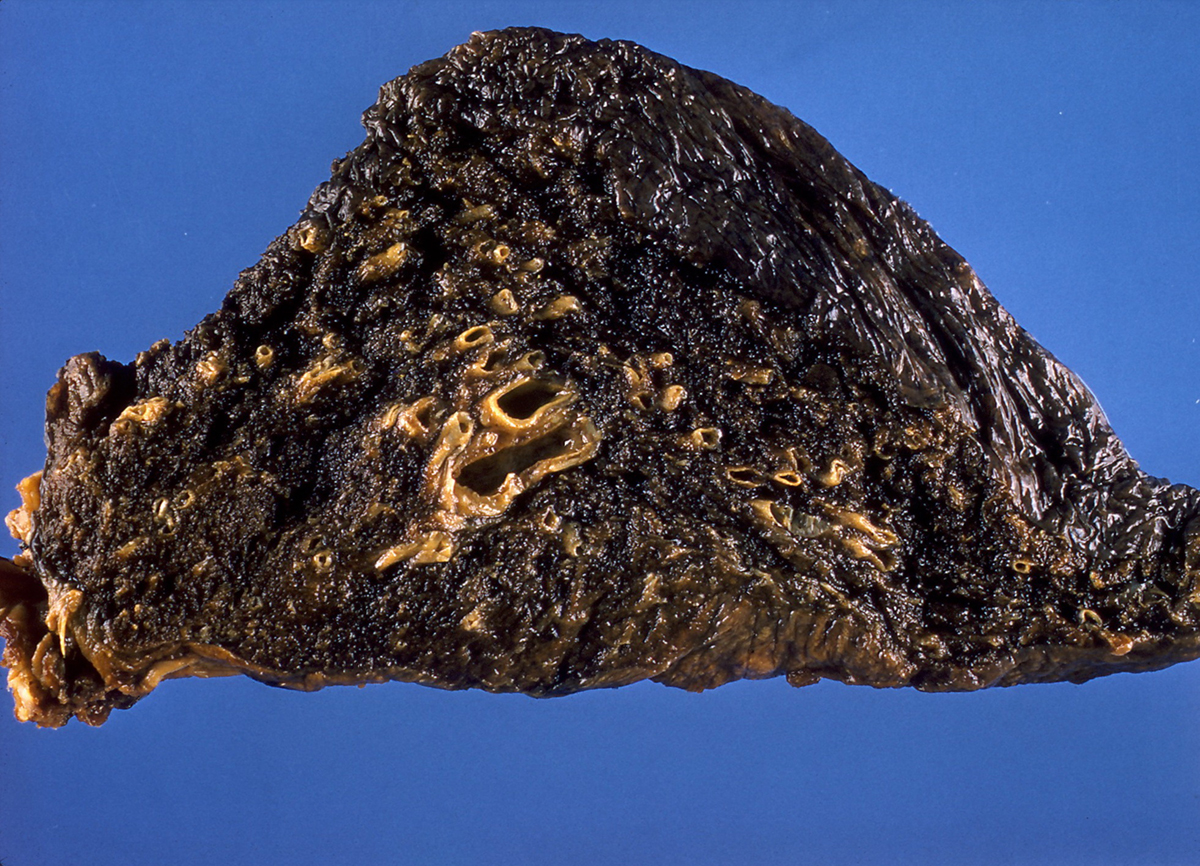
Pneumoconiosis
Pneumoconiosis is actually an occupational lung disease caused by inhaling of various dust such as coal dust, silica, asbestos and so on. The disease predominantly affects people who are working in mines and similar places where workers are exposed to the dust. Only prolonged exposure to specific dust can cause pneumoconiosis. There are different types of pneumoconiosis depending on the type of dust that has been inhaled. The severity of the disease may also vary between patients. Some dust such as asbestos and silica can in rather small amounts cause serious problems while other dust can be harmful only if inhaled in large quantities or if exposure has lasted long enough.
Various Types of Pneumoconiosis
The most frequent pneumoconiosis is silicosis, asbestosis and coal workers' pneumoconiosis. In majority of patients the first symptoms of the disease occur after several years of uninterrupted exposure to the dust. However, in case of some dust like silicosis even acute exposure to huge amounts of dust may cause symptoms of the disease.
Apart from the previously mentioned pneumoconiosis, there are numerous types of this disease which are classified according to the type of dust that has been inhaled.
Coal workers' pneumoconiosis is also known as black lung disease. In case that coal dust has been inhaled for a longer period of time it accumulates in the lungs and it simply stays there as it cannot be eliminated. This leads to inflammation, consequent fibrosis and in the end of the disease nodular lesions that have been formed may become necrotic. Necrosis causes large cavities in the lungs.
In asbestosis the first symptoms of the disease occur after approximately 20 years of exposure to asbestos. Asbestosis is also accompanied by inflammation and restriction in lung function. Silicosis occurs in people who are exposed to silica. This particularly includes people who make glass and ceramic products.
Symptoms of Pneumoconiosis
Mild forms of the disease are asymptomatic. In advanced stages patients commonly complain about shortness of breath, wheezing and chronic cough. In terminal stage of the disease the breathing is severely impaired and it reflects in peripheral cyanosis.
Treatment for Pneumoconiosis
Patients who are suffering from this disease are usually prescribed medications which will reduce the inflammation of the lungs. Bronchodilatators are given to improve breathing. If the supply with oxygen is insufficient one may be additionally given oxygen. Pneumococcal and flu vaccines may save patients from infections caused by these infective agents. In case of bacterial lung infections patients are prescribed antibiotics. In terminal stage of the disease, the only cure is lung transplantation.
Prevention
People who are exposed to dust must wear protective masks. Regular check-ups are also obligatory so that the disease can be found in early stage and the workers can be transferred to other working place.





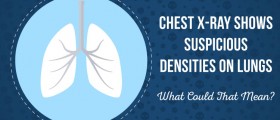
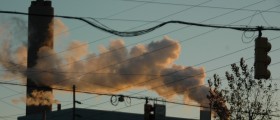



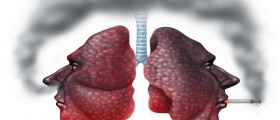
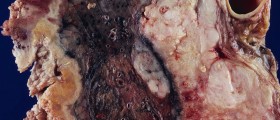





Your thoughts on this
Loading...